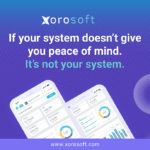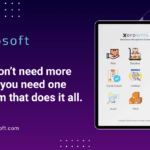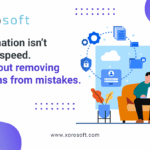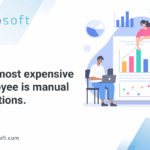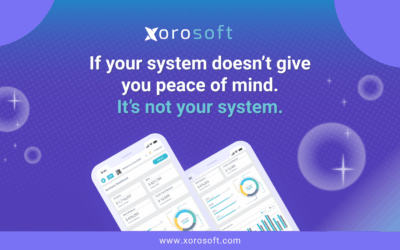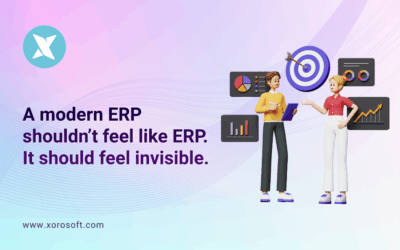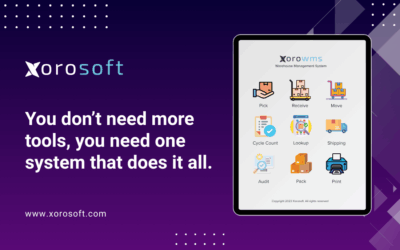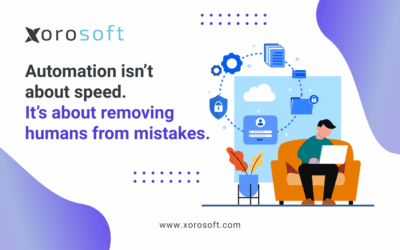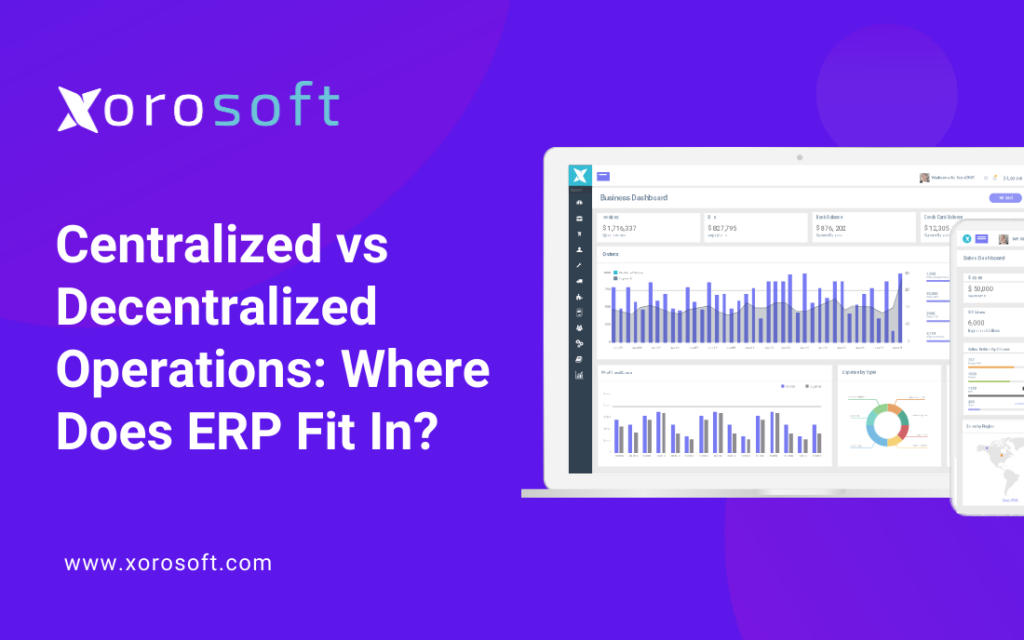
Why Centralized vs Decentralized ERP Challenges Businesses
Every scaling company eventually asks the same question: how do centralized vs decentralized ERP models affect growth? Centralized control promises order, efficiency, and one version of the truth. Decentralized teams, meanwhile, thrive on local speed, adaptability, and flexibility.
As businesses expand across channels, markets, or warehouses, this tension grows rapidly. Do you centralize and risk slowing down responsiveness? Or do you decentralize and accept chaos as the cost of speed?
The good news is that modern ERP removes the need for this trade-off. Instead of picking one side, companies can finally operate in a model that supports both.
The Hidden Cost of Operational Misalignment
The battle between centralized and decentralized approaches isn’t just philosophical—it creates tangible pain points.
For example, centralized inventory rules may look ideal on paper, yet warehouse managers often override them because “that’s how it works here.” At the same time, decentralized purchasing decisions may help local teams move quickly. However, finance often loses visibility, which leads to duplicate orders and budget overruns.
Accounting feels this chaos even more. With fragmented systems, financial data becomes inconsistent. As a result, month-end closes stretch longer than they should because staff scramble to reconcile numbers that should already match.
Customers notice too. Centralized policies promise consistency, but decentralized execution can make fulfillment depend on who processed the order. This inconsistency damages trust and slows growth.
Ultimately, the clash is not caused by centralization or decentralization themselves. It is caused by the systems supporting them.
Why Disconnected Systems Fuel the Centralization Debate
The ongoing struggle between centralized and decentralized operations often traces back to fragmented technology.
Most businesses still rely on disconnected tools—spreadsheets, QuickBooks, shipping apps, or point solutions. Because these tools fail to communicate, companies fall into one of two traps:
-
Centralized in theory, decentralized in practice. Policies exist, but execution varies because no system enforces them in real time.
-
Decentralized by default. Local teams choose their own apps, while leadership loses the visibility needed for strategic decisions.
Therefore, data becomes fragmented, reporting lags, and decision-making slows. Errors multiply, while leaders spend more time firefighting than planning.
The model itself isn’t broken—the supporting systems are.
Where ERP Fits in Centralized vs Decentralized Operations
Here’s the critical shift: companies don’t need to choose one model. With centralized vs decentralized ERP, both can work together.
-
Centralized oversight ensures accurate reporting, reliable inventory, and financial consistency.
-
Decentralized execution empowers teams to respond faster to customer needs, regional dynamics, and channel performance.
ERP unifies these needs. Moreover, it delivers real-time visibility, consistent workflows, and faster execution. As a result, centralization supports agility instead of slowing it down.
Instead of an either/or, ERP transforms the debate into a both/and.
How Xorosoft ERP Solves Centralized vs Decentralized Operations
This is where Xorosoft ERP stands out. Unlike legacy software that locks you into rigid processes, Xorosoft empowers companies to balance both approaches.
-
Unified inventory management. Multiple warehouses and sales channels stay aligned with one live stock view. Consequently, no more conflicting spreadsheets or last-minute surprises.
-
Procurement with visibility. Local teams can act quickly, but finance sees approvals instantly. Therefore, overspending and duplicate orders vanish.
-
Built-in WMS. Unlike bolt-on warehouse tools, Xorosoft’s native WMS delivers standardization while supporting local execution.
-
Seamless integrations. Connectors with Shopify, Amazon, EDI, and 3PLs ensure data flows in real time.
-
Aligned finance. Accounting works with live numbers, eliminating painful reconciliations at month-end.
That’s why Xorosoft is ranked #1 in Ease of Use on G2. Teams adopt it easily, leadership gains oversight, and operations become truly scalable.
Centralized vs Decentralized ERP: Growth Without the Trade-Off
For years, leaders believed they had to choose: centralize and risk slowing down, or decentralize and accept chaos. With modern ERP, that false choice disappears.
Centralization provides confidence and compliance. Decentralization provides agility and speed. Most importantly, Xorosoft ERP allows both to exist in harmony inside one platform.
Growth no longer has to feel like a trade-off between control and flexibility. Instead, it can feel aligned, scalable, and clear.
👉 Ready to experience it? Visit XoroONE and book a demo today.
